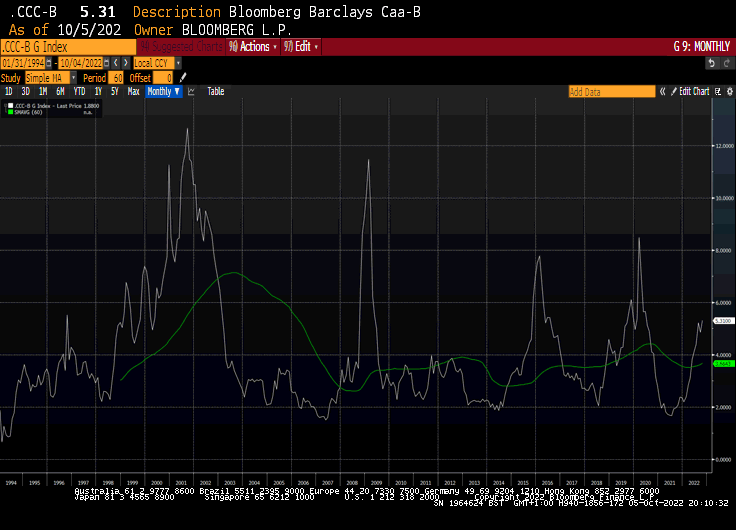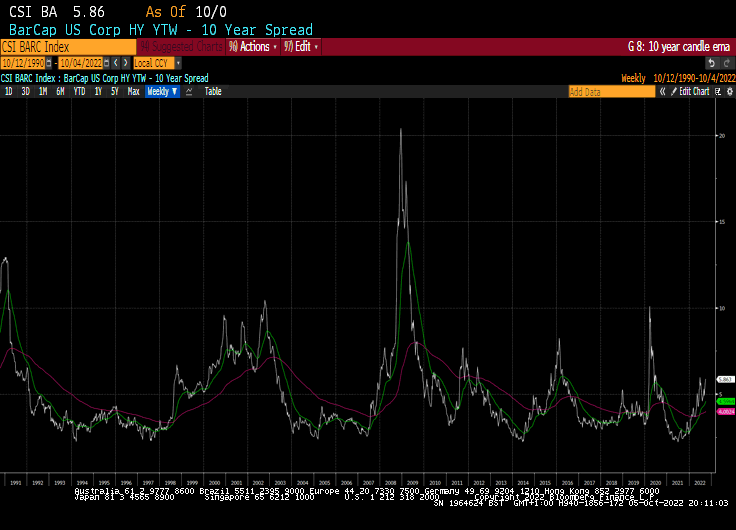KKR's Debt Deal Shows How Ugly Things Are Getting for Lenders
This article from Bloomberg may be of interest to subscribers. Here is a section:
Such maneuvers had been a decade in the making. Easy money after the global financial crisis made debt investors hungry to buy loans and bonds that provided higher yields. Funds began to agree to weaker protections in their creditor agreements. Loan and bond documents riddled with loopholes and imprecise language gave borrowers more flexibility in times of stress.
The documents didn’t explicitly allow future creditors to grab collateral. But they left just enough ambiguity, sometimes called “trap doors,” for lawyers with a bit of ingenuity and a lot of motivation to move assets to new entities and give dying companies some fresh capital. Because of these often-overlooked provisions, some creditors were surprised to discover they’d been left with almost worthless loans and bonds after struggling companies restructured.
“Loose documents have become the norm rather than the exception,” says Damian Schaible, co-head of restructuring at Davis Polk & Wardwell. “If we go into a real recession, we are going to see more and more borrowers and sponsors seeking to exploit document loopholes to create leverage against and among their creditors.”
Covenant light debt issuance has dominated the post Global Financial Crisis bond markets. That hasn’t mattered until now. Default rates were low, successive waves of new money ensured rates stayed low, and credit remained abundant.
We are now seeing increasing trends where original creditors are being denuded of the collateral, they believed they had a right to. Instead, those assets are passing new creditors in a robber baron manner. This practice makes a nonsense of asset recovery procedures during a bankruptcy. During the impending recession, recovery rates are likely to be spotty at best. That’s going to be seriously problematic for original lenders; whether mainline private equity firms or pension funds.
 The CCC-B high yield spread might be considered the junkiest of junk spreads and is trending higher but is not yet at a point which typically marks market bottoms.
The CCC-B high yield spread might be considered the junkiest of junk spreads and is trending higher but is not yet at a point which typically marks market bottoms.
 The conventional high yield spread is also trending higher and is at levels that generally coincide with stock market turbulence.
The conventional high yield spread is also trending higher and is at levels that generally coincide with stock market turbulence.


